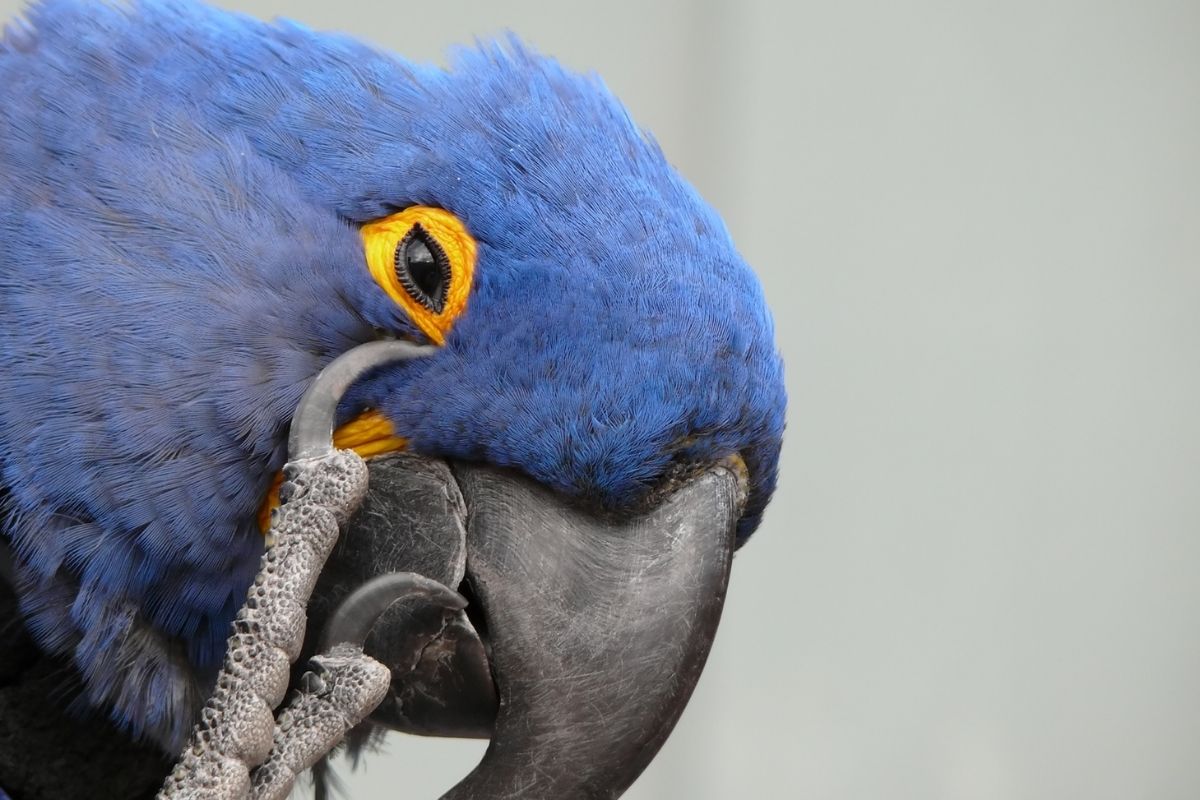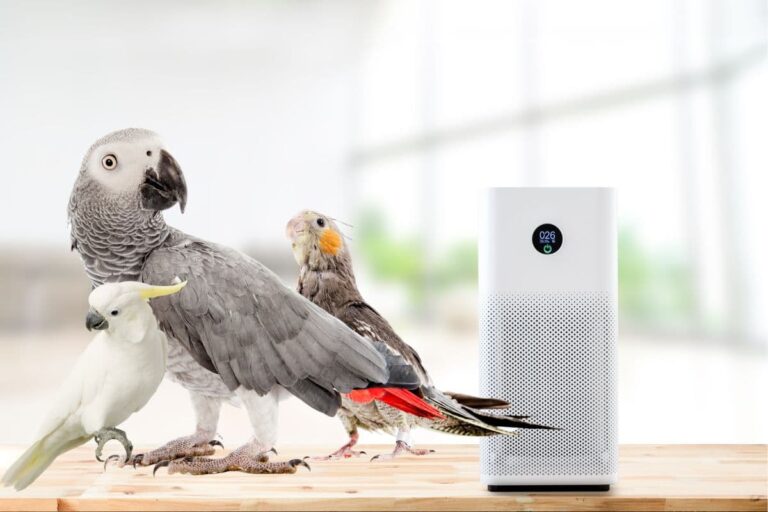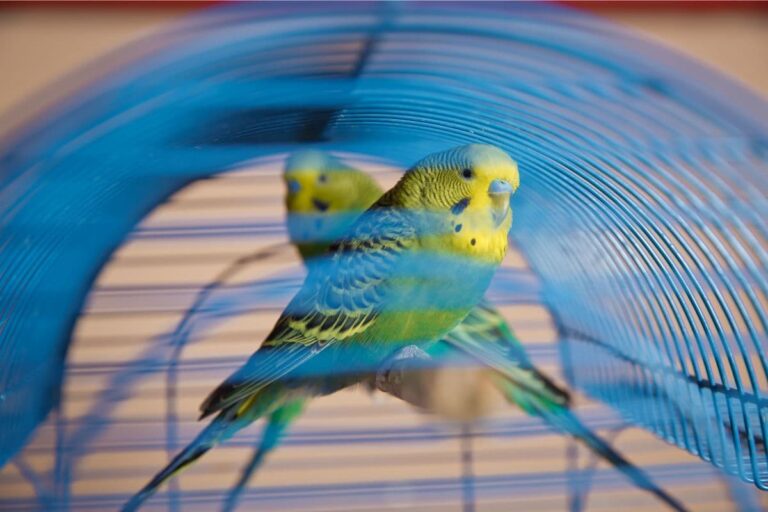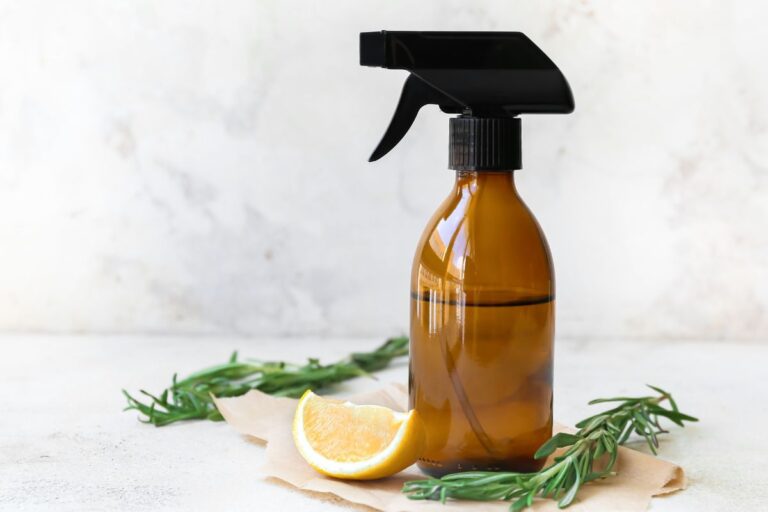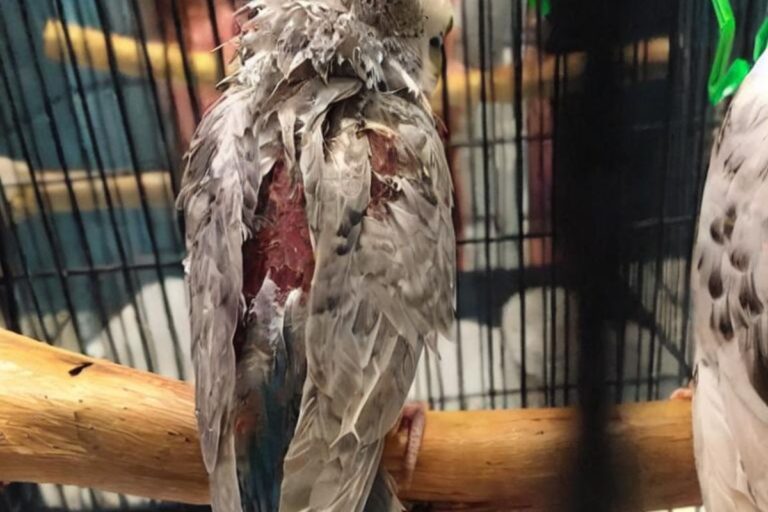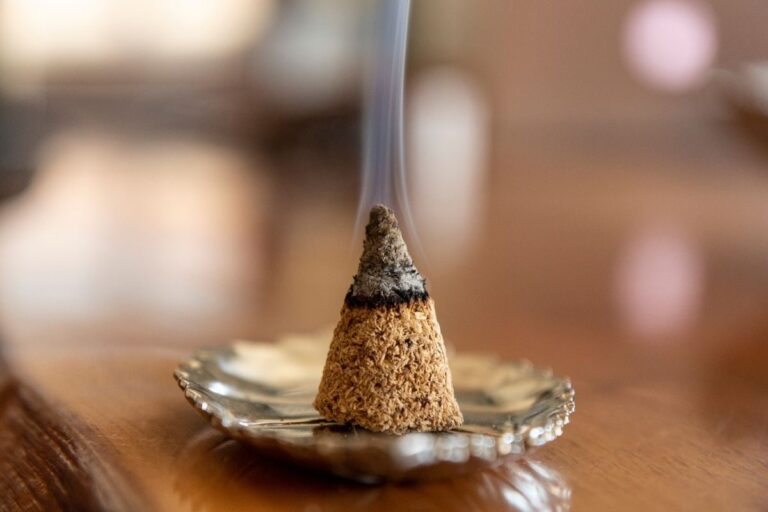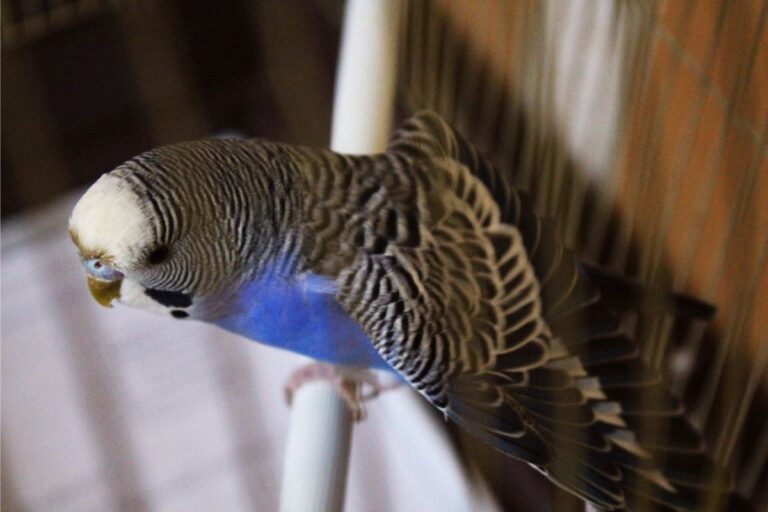Can Birds Get Fleas
Disclosure: The opinions expressed in this post are my own. This post may also contain affiliate links, which means that I will receive a commission if you decide to purchase through my links, at no additional cost to you. As an Amazon Associate, I earn from qualifying purchases.
Birds are amazing creatures. They fly, eat bugs, sing songs, and even dance. But did you know that birds also get fleas?
Fleas are tiny parasites that live on animals and humans. They bite and suck blood from their hosts. They can cause irritation and itching, and sometimes they can even lead to anemia.
Today, we are specifically going to find out together if birds can get fleas. We are also going to learn whether birds can get fleas through other birds or animals.
If you own a bird, this article should give you a good insight on fleas on birds and how to keep an eye out for them because they can spread disease.
Can Birds Get Fleas
Although fairly uncommon, birds do in fact get fleas, with the sticktight flea (Echidnophaga gallinacea) the most predominant type of flea found on them. Fleas may jump onto birds and get carried around by them. However, they do not stay on the birds as long as they would on other animals such as dogs and cats. This is due to birds having a generally higher body temperature, usually between 100°F to 110°F (37.7°C to 43.3°C), and lack of fur, making it less ideal for fleas to stay on birds for long.
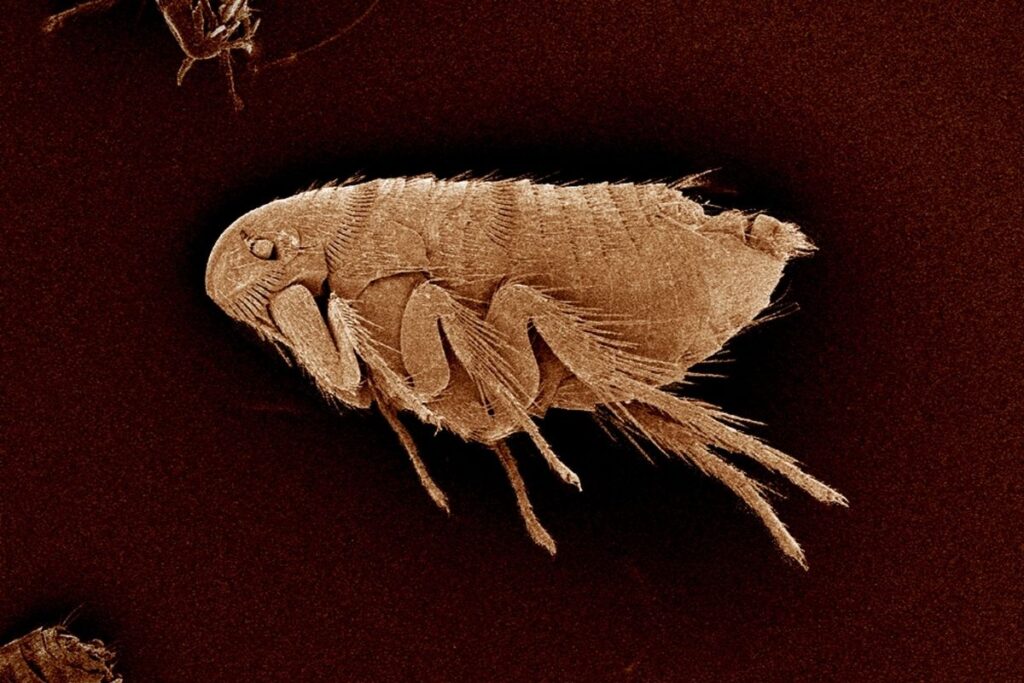
However, with the presence of feathers, fleas may still be found on birds as they are possibly able to hide and reproduce in them. If you suspect your pet bird of having fleas, there is no need to panic. With proper care and treatment, you should be able to get rid of them in no time. It is also helpful to know that birds are more likely to get bird mites and lice on them rather than fleas, so be sure to know their differences.
Fleas do feed on birds’ blood. With that being said, it is important to seek treatment if you find fleas or other parasites on your pet birds. It is considered simple and straightforward to treat. There are ways to prevent your pet’s skin being bitten by these pesky insects too. So let us take a look at some tips and facts about birds getting fleas.
How to Tell if Your Bird Has Fleas Common Symptoms
It is easy to spot the signs that your bird has fleas. Here are some common symptoms and behaviors that you should watch out for:
Excessive Preening
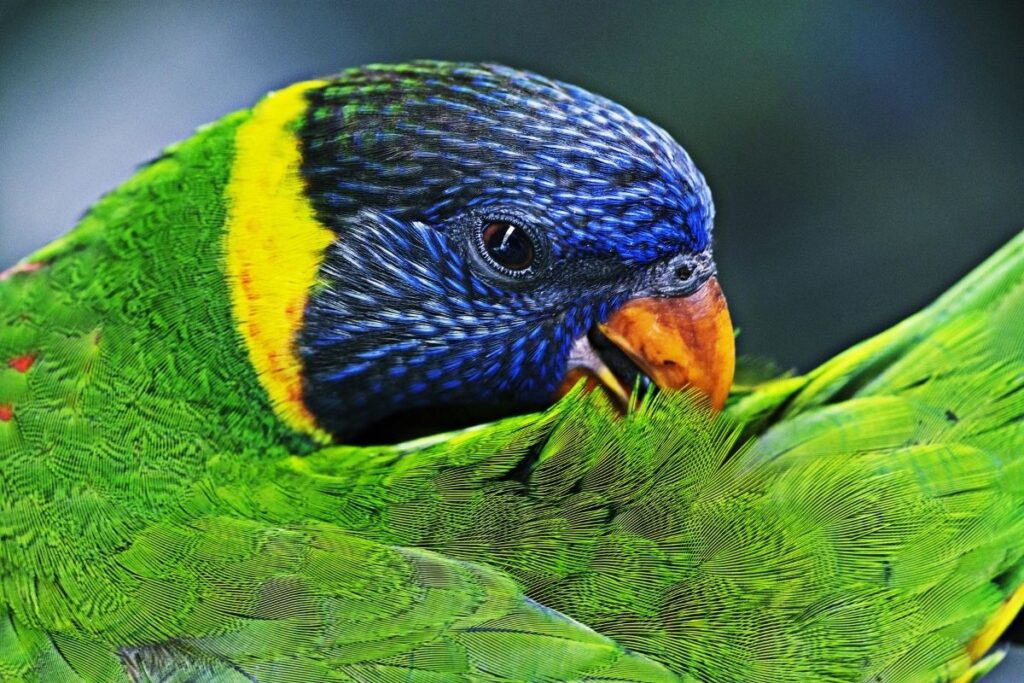
Excessive preening might be a sign that your bird is trying to remove fleas from its body. While preening, your bird’s feathers rub together. This rubbing action helps remove dirt from their bodies. Excessive preening might be a sign that your bird is trying to remove other parasites from its body as well, such as fleas.
Skin Redness & Irritation
If your bird scratches excessively, this behavior is often associated with an itchiness caused by fleas. Skin irritations can be observed, such as scabs, open wounds, and even bleeding. Flea bites can also directly cause skin to swell and turn red, due to the allergic reaction from the saliva of the flea. If you notice these signs on your pet bird, be sure to check around their feathers for fleas or any other parasites.
Scratching
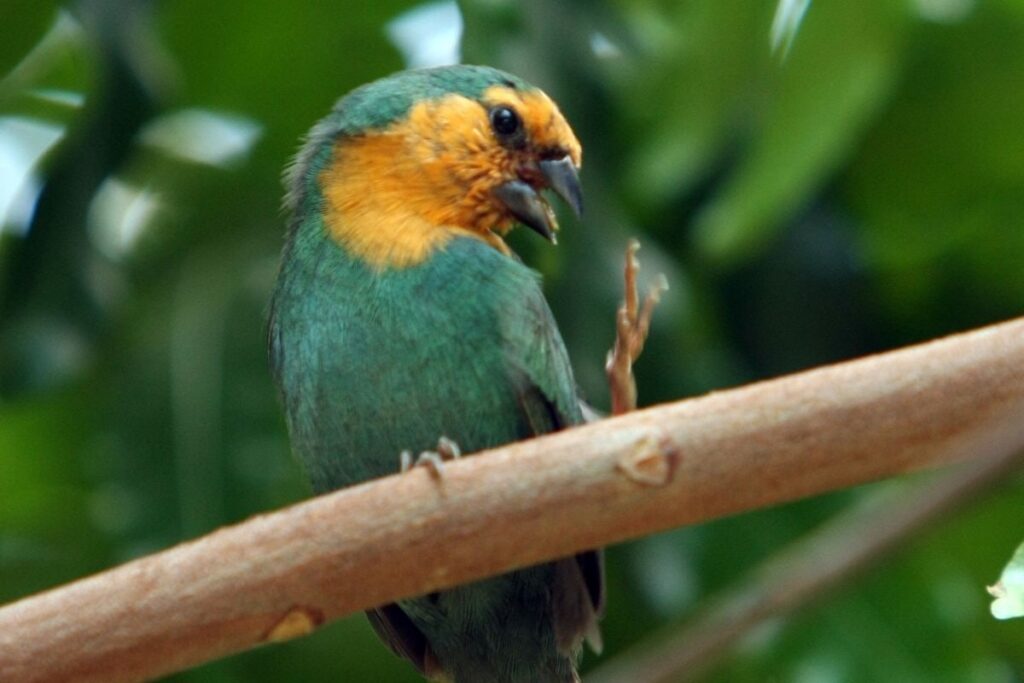
If your bird still continues to scratch itself even after preening, it could be a sign that it’s trying to remove other debris or parasites on its fur. The bird will be seen using its feet trying to scratch on the head and neck areas. Sometimes, it will shake its head vigorously, which as a behavior that occurs when there is discomfort.
Agitation & Unrest
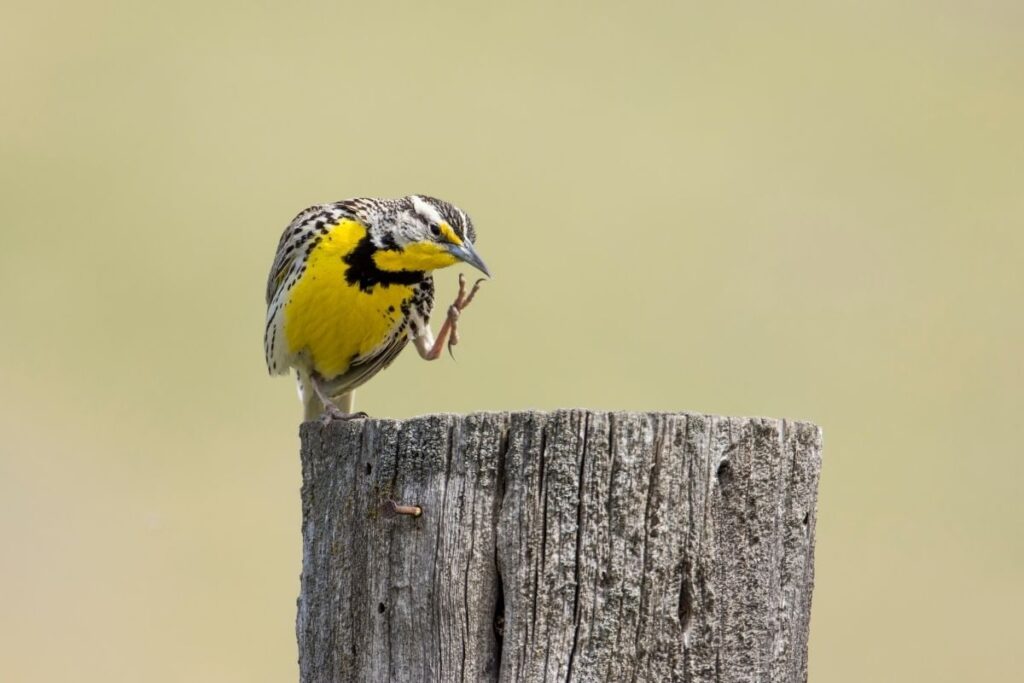
Your bird may appear restless and uncomfortable during times where fleas are present. Birds tend to become very agitated from the itch caused by flea bites. They are always moving about, and may even start flapping their wings frantically. Agitated birds might also try to fly away from the area where they have been scratched.
How to Check for Fleas on Birds
Fleas are a little difficult to spot with the naked eye, as an adult flea is typically 1/16 to 1/8 of an inch long, and appear skinny when looked straight on, and usually hides in the feathers. However, they are still visible with close inspection. Be sure to pay close attention when trying to spot for fleas, as the sticktight flea are also known to be half the size of the common cat flea. There are two common areas on your birds where fleas are commonly found.
Under Wings
Look under your bird’s wings. This is a common spot where fleas may be found. You’ll be able to see small spots that typically show up near the base of each feather. These could be fleas or other parasites.
Around Their Leg Feet & Toes
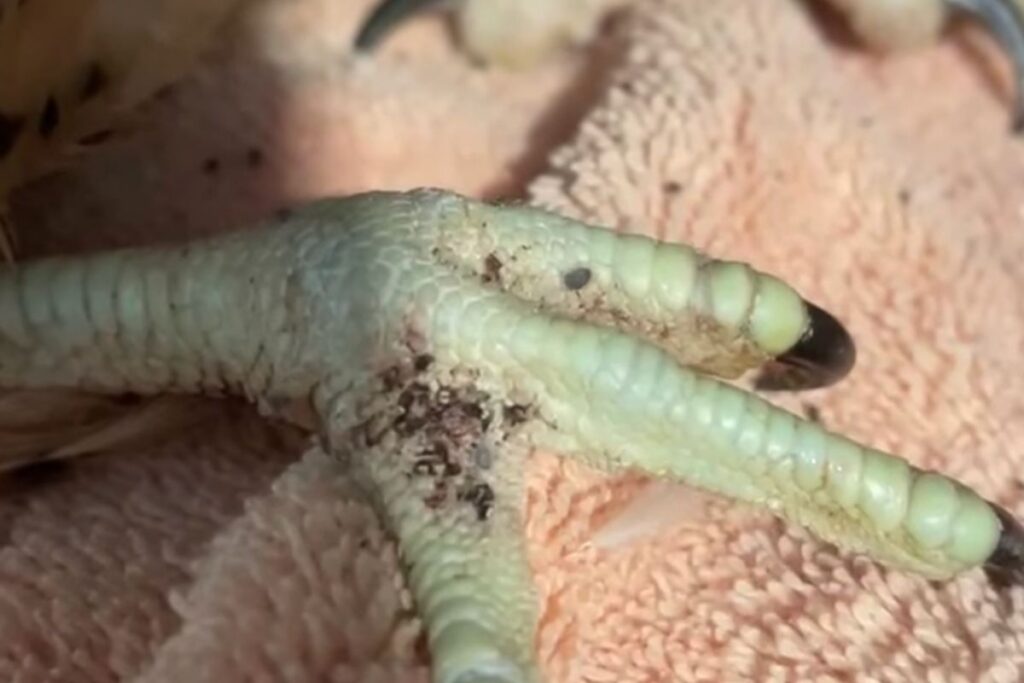
Also check around your bird’s feet and toes, the bottom part of its foot and also on the higher areas of their legs. You may be able to spot tiny black dots present in between the pads of the toe which look like little bumps, which could be the fleas’ eggs.
Are Fleas Dangerous to Birds
There is always an element of danger when there is an active flea infestation on any animal. Birds are no exception, and it’s known that fleas feed on the blood of birds. Being smaller in size, they could also be more prone to developing anemia due to the loss of red blood cells, possibly leading to fatigue or even death.
Humans, pets and other animals can also be put in danger by a flea-infested bird as they could not only spread the fleas but also diseases such as Lyme Disease. So if you suspect your bird of having fleas, it’s important to seek treatment as soon as possible.
How Do You Get Rid of Fleas on Birds / Flea Treatment for Birds
On our furry friends like cats and dogs, we are able to use a flea comb as an effective way to remove fleas. However on birds, combing is not very effective as fleas may be located on the base of the feathers. We need to seek for topical or chemical treatments to help control fleas on them. Not all flea treatments are bird safe too. Here are some effective ones.
Malathion (Maldison 50)
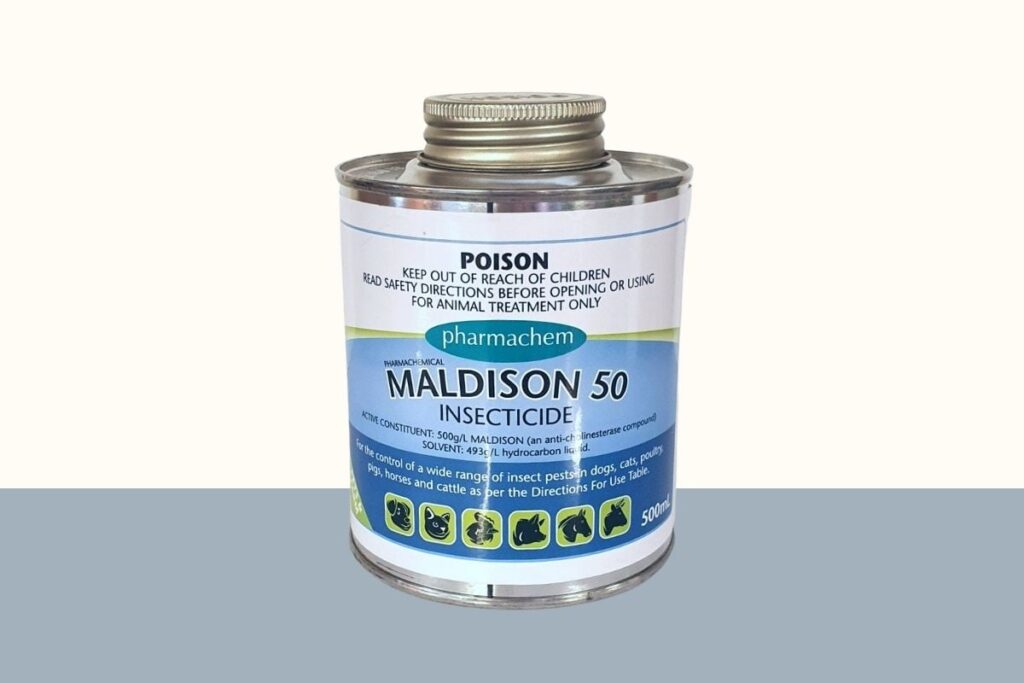
Your pet bird may be treated with Maldison 50 Insecticide, which is a compound containing anti-cholinesterase which attacks the central nervous system of parasites including fleas. Remember to dilute Malathion / Maldison 50 before using on your birds to prevent any poisoning.
With a 2% concentration of Maldison, spray the nesting boxes, litter and walls and repeat the treatment after 8-14 days to ensure that any new parasites that hatched from their eggs are destroyed too.
With a 0.5% concentration of Maldison, you may also lightly spray on your bird to directly target the fleas that are already on your bird.
Pyrethrum / Pyrethrin / Permethrin
One treatment option includes using a product containing pyrethrin which kills both adult and larva fleas. Pyrethrin in general is unlikely to cause harm in birds as it is low in toxicity. However it is harmful towards cats and fish, due to their inability to break down the agents efficiently, so you might want to skip on this option if you also own pet cats or fishes at home.
Diatomaceous Earth
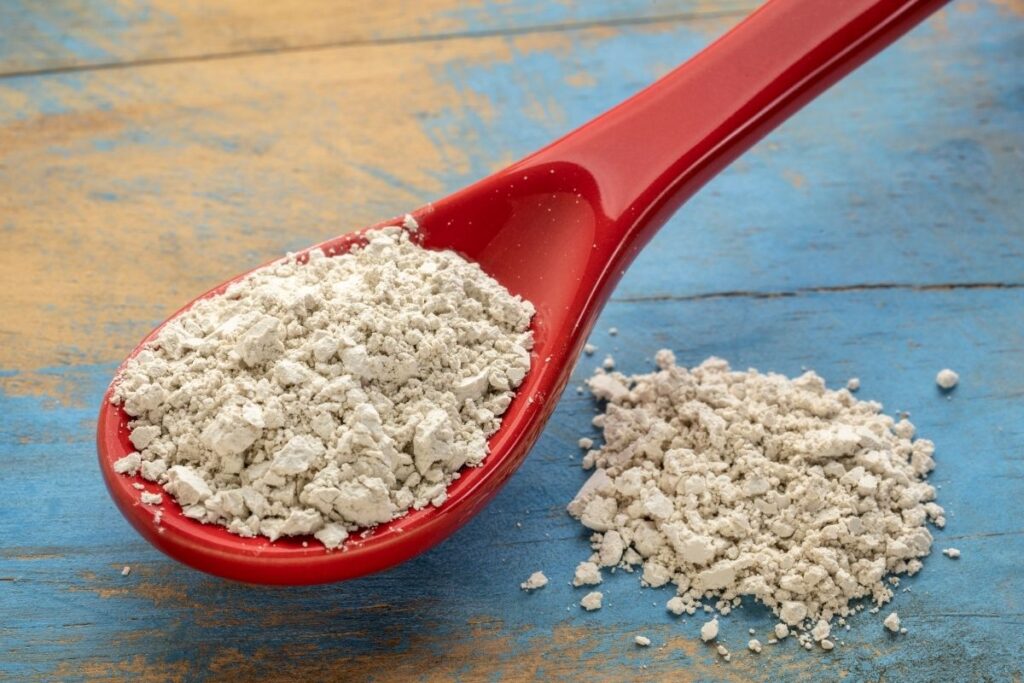
This method uses diatomaceous earth which has been proven to kill fleas effectively. It works best against adult fleas since larvae cannot survive without water. Diatomaceous earth should be sprinkled onto the floor of your bird’s cage and then vacuumed out afterwards. Repeat every 3 weeks until no fleas remain.
Can Birds Get Fleas from Dogs, Other Birds or Other Animals
It is possible for birds to pick up fleas from another animal, bird or human. In fact, this is a more common way of transmission in indoor-kept birds, as the birds are unlikely to pick up any fleas from the wild.
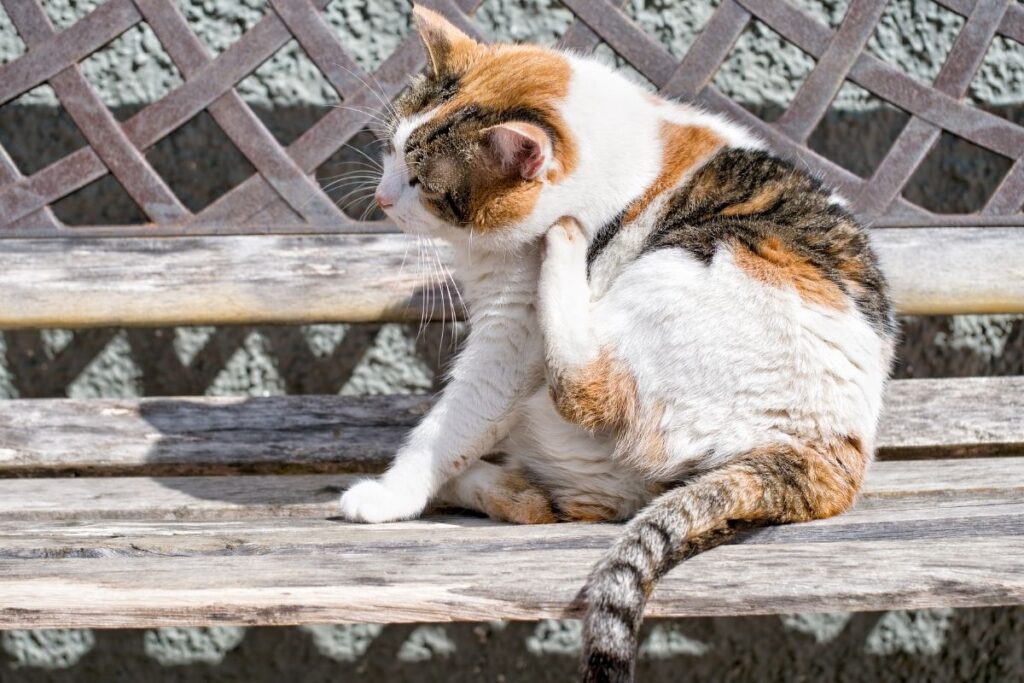
It is infrequent but still possible for pet birds to pick up fleas from the ground, especially if your bird or its cage if placed on the floor. Other pets or animals in your house such as cats, dogs and rabbits could have brought in fleas or other parasites from outside the home.
However, bird cages are usually placed away from the ground, making it harder for your birds to pick up fleas as compared to their ground-dwelling friends. On the other hand, wild birds are more likely to pick up fleas directly from the wild.
Preventing Fleas on Your Birds (Indoors, Other Pets, Stay Healthy)
Keeping Them Indoors
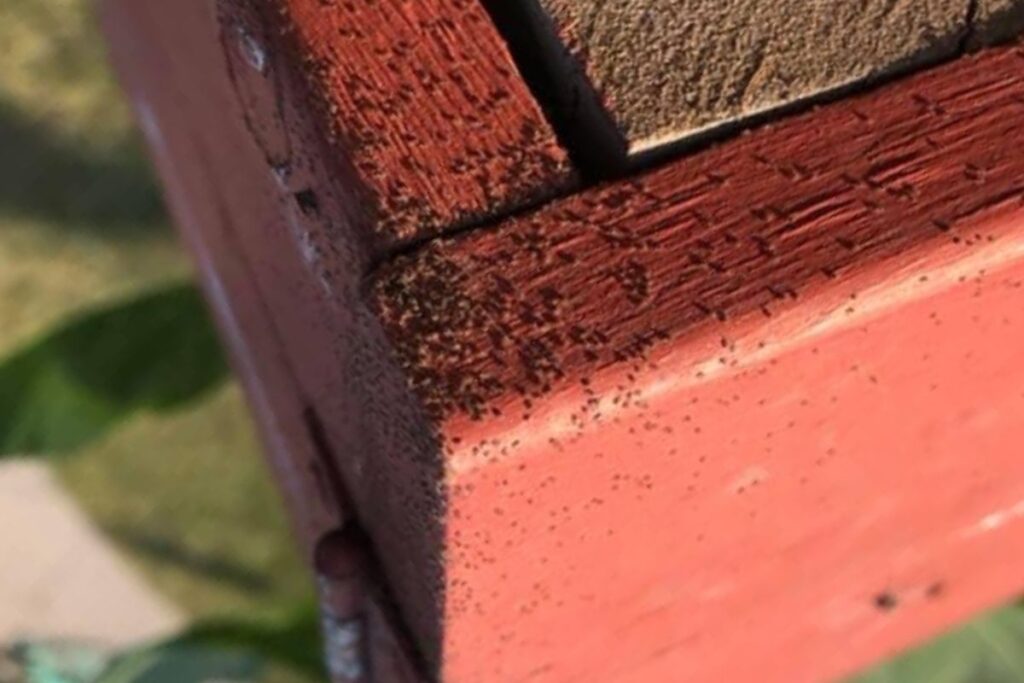
Keeping you birds indoors is an effective way to prevent fleas on your birds, since they will not be exposed to the outdoors where fleas are commonly found and picked up. If you do keep your birds out, make sure to clean their enclosures regularly and change bedding frequently.
Preventing Contact with Other Pets
Your other furry pets are way more likely to get fleas on them, especially if they are always hanging out in the outdoors. You can keep your birds relatively flea-free by not having your pet birds mix with them or hang around in the same space as them.
Takeaway
Fleas are not the biggest threat to birds. But it is still wise to get them checked up if you suspect that there is an infestation. More often than not, bird mites and lice are more commonly found in birds rather than fleas.
No matter the type of parasite, the most important thing is to understand how to identify them and apply the proper, safe treatment. I hope the tips and advice I provided in this article have helped you in the control and management of fleas on your birds.



